
Natural Capital
We are embracing a greener and more sustainable future across every aspect of our operations. By linking everyone to a digital ecosystem, we are leveraging the enabling power of technology to conserve natural ecosystems and minimise our environmental footprint. We are also helping our customers optimise their utilisation of resources and empowering communities by extending capabilities.

Our approach
Our unwavering commitment to environmental stewardship drives us to continually improve our energy efficiency, minimise our emissions and adopt specific strategies for proper management of resources and waste. As an industry leader, we remain in the vanguard for climate action to ensure a thriving planet for all.
We have implemented an Environmental Management System (‘EMS’) in compliance with ISO 14001:2015, as outlined in our environment policy and supported by our leadership team. 10 of our major facilities in India have earned certification under this standard, and the ISO 14001:2015 framework guides us in continually assessing our EMS. Through these measures, we can effectively address the environmental impacts of our operations and services, while reinforcing our overarching Sustainability Strategy with a strong focus on the planet.
10
ISO 14001:2015 certified facilities in India
In addition to our EMS, we also maintain transparency in our environmental performance by reporting on platforms such as CDP, EcoVadis, and our Sustainable Development Reports in line with GRI standards. Our ISO 14001:2015 certified facilities have been carefully chosen, based on employee strength, strategic significance and the higher environmental impacts within the Indian region. Additionally, our compensation mechanism rewards employees for their contributions to environmental goals, such as energy reduction, emissions targets, and overall Green House Gas (‘GHG’) reduction. This comprehensive approach reinforces our commitment to preserving natural capital and fostering a sustainable future for all.
Our Long-term Environmental Goals:

Climate Change
Net Zero by FY 2035 and Carbon Neutral by FY 2030

Customer GHG Savings
Enabling customers to reduce their Greenhouse Gas emissions from 6x to 20x by FY 2027

Water
20% Water reduction by FY 2030 (compared to FY 2020)

Waste
Zero Waste to Landfill by FY 2027
Our Climate Strategy in Action

Improving
Improving energy intensities for our facilities and data centres by pursuing continuous efficiency improvements
Improving our emission intensities through switching to renewable sources of energy or low-carbon energy
Developing low-carbon products and solutions for our customers

Mitigating
Decarbonising Scope 1 (Diesel based) emissions
Reduction in Employee and Business commute by introducing EV’s and other cleaner fuel options
Reduction in Upstream, Downstream and Supply Chain based emissions

Offset and Advocacy
Developing Carbon Community and Operational Offset programmes
Taking an active and constructive role in evolving climate change policy, solutions with governments, industry association and communities
Disclosure and Reporting
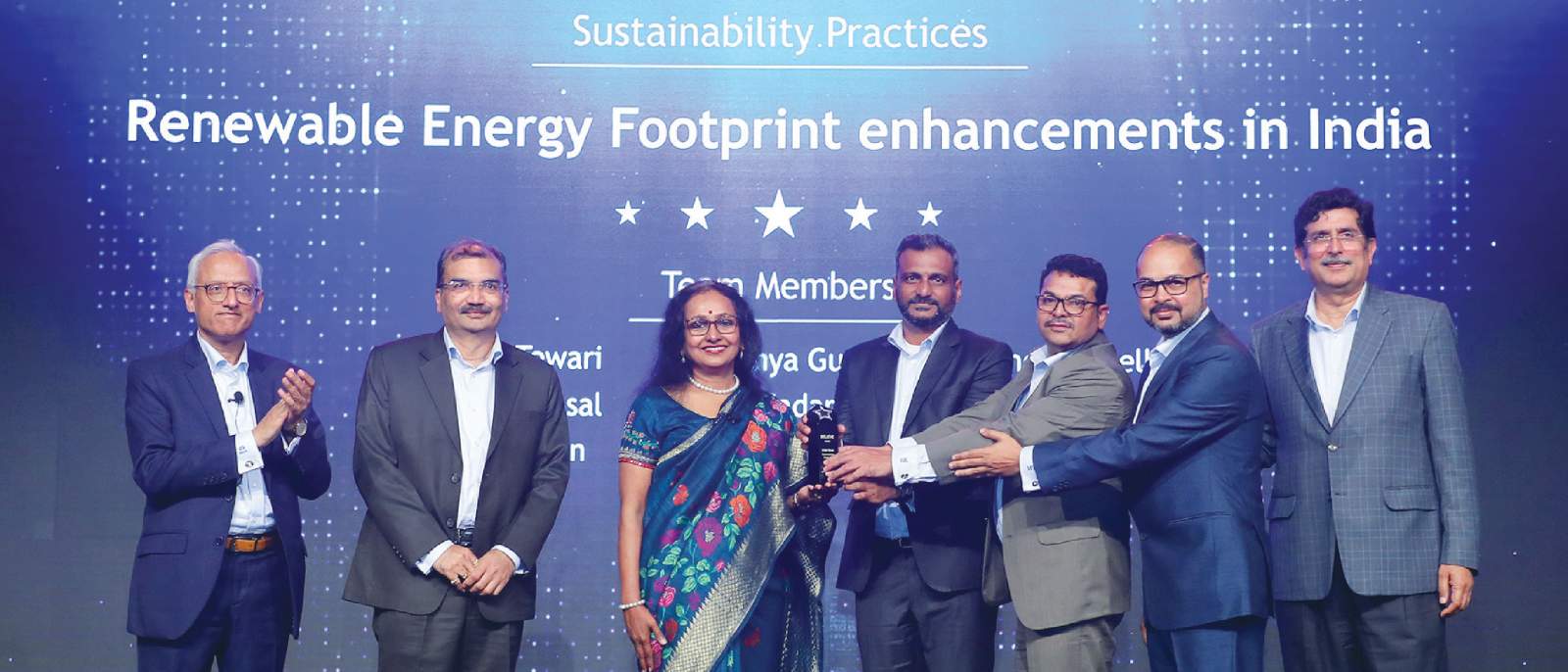
Enhancing energy efficiency
At Tata Communications, we are proactively working towards reducing our carbon footprint and enhancing energy efficiency as part of our commitment to sustainability and climate action. Recognising the growing need for energy in the Information and Communications Technology (‘ICT’) sector, we have placed a strong focus on energy management and carbon offsetting projects.
Through diligent efforts, we have managed to reduce our energy intensity to 84.64 (MWh per million-unit revenue in US$), with significant energy savings achieved by completing 108 energy-saving projects in Facility Infrastructure Management operations. In FY 2022-23, 130 energy-saving opportunities were identified including projects on Heating, Ventilation and Air Conditioning (‘HVAC’), Switched-Mode Power Supply (‘SMPS’) and Uninterruptible Power Supply (‘UPS’) efficiency enhancement / Optimisation and consolidation, Smart Lighting (conversion of conventional lighting into LED), and usage of IoT. 108 out of 130 projects were completed which resulted in energy savings of 6.56 million KWh and energy cost savings of ₹6.38 crores. Our Metro Area Network and National Long Distance teams completed 23 energy efficiency projects, resulting in energy saving of 1,03,200 KWh with cost savings of ~₹8.3 lakhs. We continually upgrade our data centres with efficient technology to improve their Power Usage Effectiveness (‘PUE’), while working towards achieving the optimal PUE benchmarks for different regions and have achieved average global PUE of 1.56.
By adopting various conservation methods and employing advanced technologies such as IoT and Smart Lighting, we have created a robust energy management plan that is well-integrated into our overall climate action strategy. As part of our ongoing efforts, we are engaging with consultants to seek avenues and opportunities for increasing our renewable energy footprint in our facilities globally. We recognise our critical role in driving energy and emission reductions, while creating substantial socio-economic value, and our actions establish our position as an industry leader in addressing both the risks and opportunities of the energy transition.
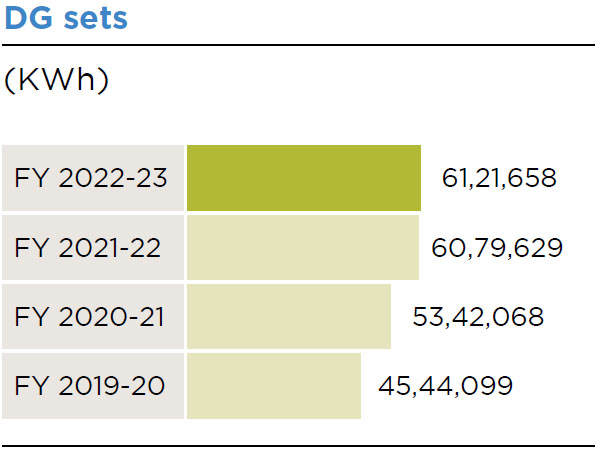
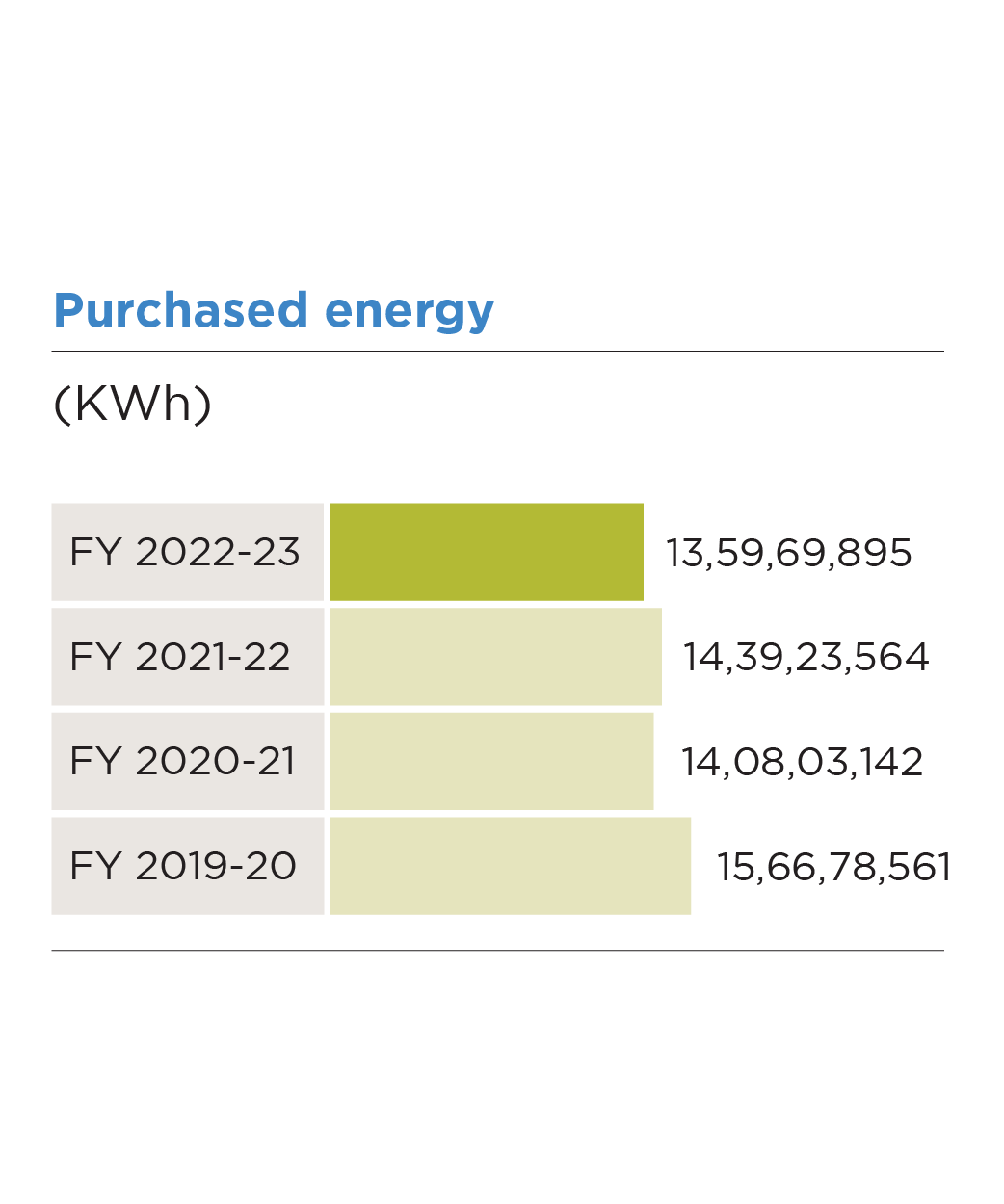
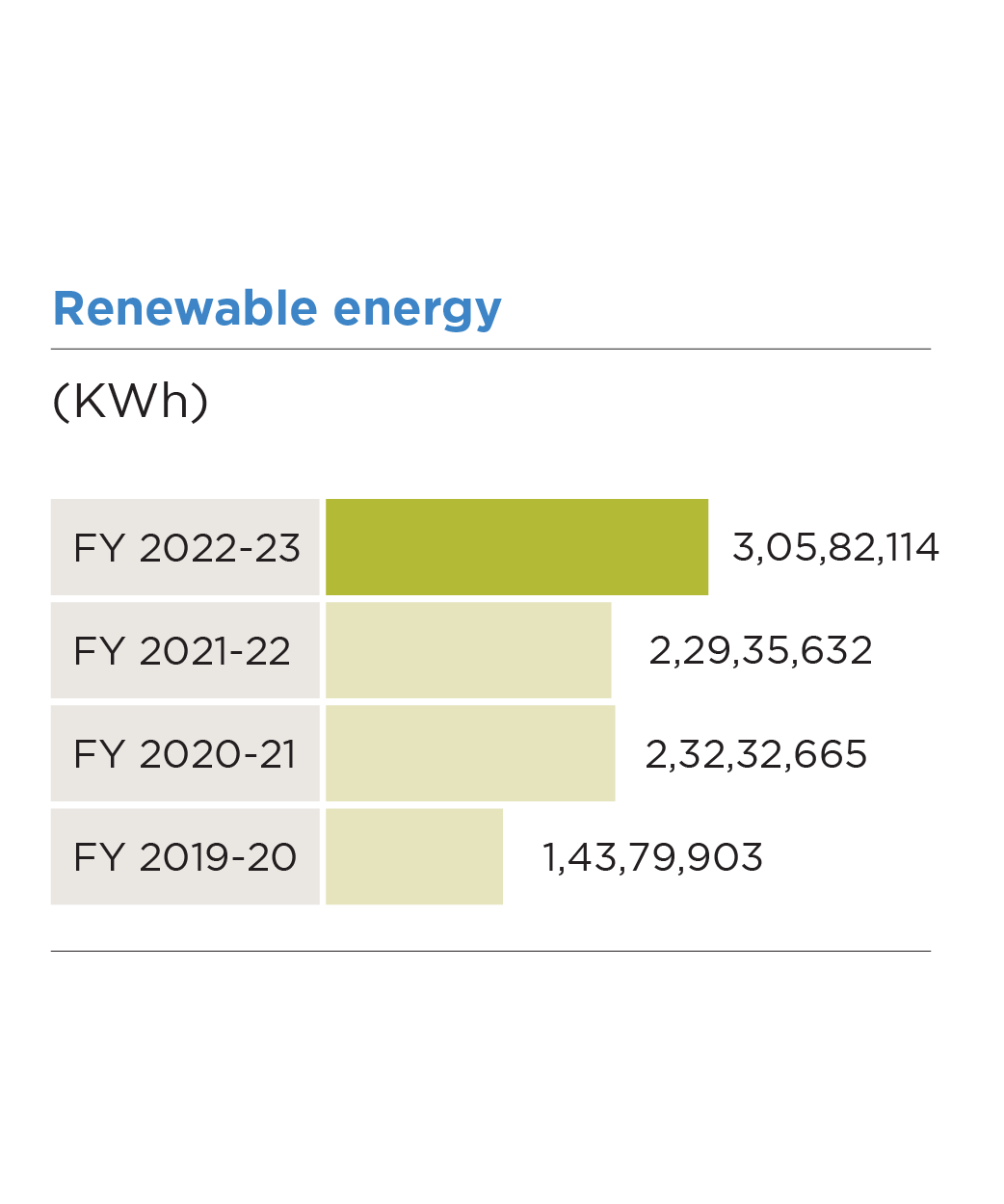
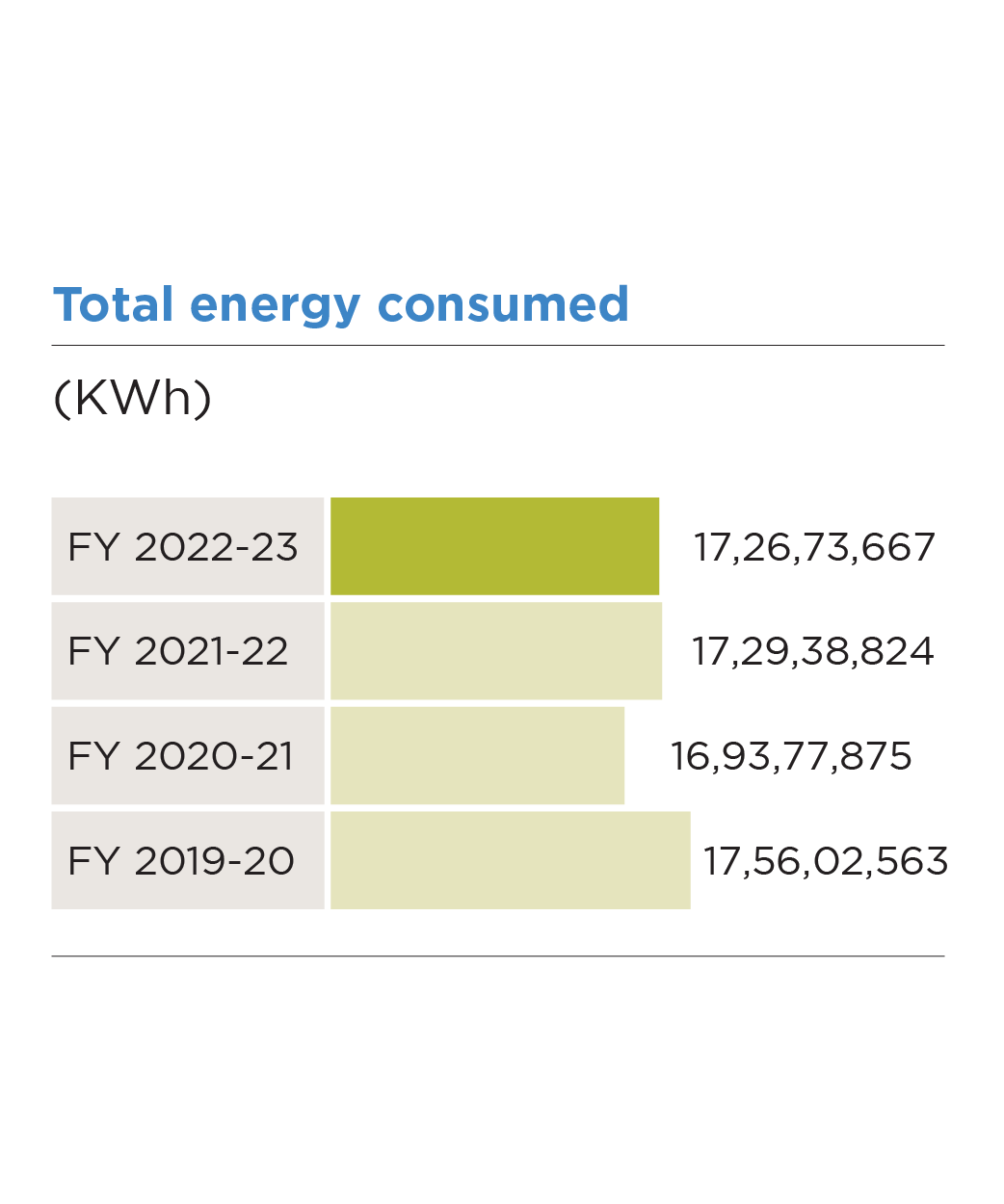
Carbon offsetting
Our efforts include the successful implementation of carbon offsetting projects, such as the distribution of over 6,000 smart cookstoves in Jharkhand, Orissa and Meghalaya, and the planting of 50,000 trees in Maharashtra. By FY 2029-30, these projects are expected to yield 95,000 tonnes of carbon offsets. Our energy management strategy involves continuous monitoring of energy usage, identifying energysaving opportunities and increasing the share of renewable energy in our energy mix.
18%
Energy requirement met through renewable sources
108
Energy saving projects completed
Reducing carbon footprint
As a key player in combating climate change, our industry is dedicated to reducing GHG emissions and enhancing the resilience of the built environment
To strengthen our commitment, we have set ambitious targets:
- Carbon neutrality by FY 2030, and
- Achieving net-zero by FY 2035.
Air quality checks are integrated into our Environmental Management System, ensuring adherence to national standards recognised by regulatory bodies.
Innovative low-carbon solutions
We offer our customers environmentfriendly solutions that enhance their competitiveness and contribute to a sustainable supply chain. Our range of products and services includes IoT, Mobility and Tata Communications MOVETM, Unified Communications, Cloud and Managed Hosting, and Media and Entertainment Services. Through these offerings, we have been able to confirm a potential GHG emission reduction of approximately 6,61,543 metric tonnes of CO2 equivalent, which is six times the emissions generated by our operations in FY 2020-21. By providing green solutions to our customers, we are significantly contributing to the global efforts in reducing carbon emissions.
Our low-carbon solutions have the potential to reduce GHG emissions by
6,61,543
Metric tonnes of CO2 equivalent
In FY 2022-23, we were able to reduce our total scope 1 & 2 emissions by 10%, which demonstrates declination from our previous year.
GHG Emissions (Tonnes of CO2e)
GHG emissions arising from the consumption of fuel, refrigerant gases, grid electricity and generation of waste.
Emission trends

GHG Emissions Mix

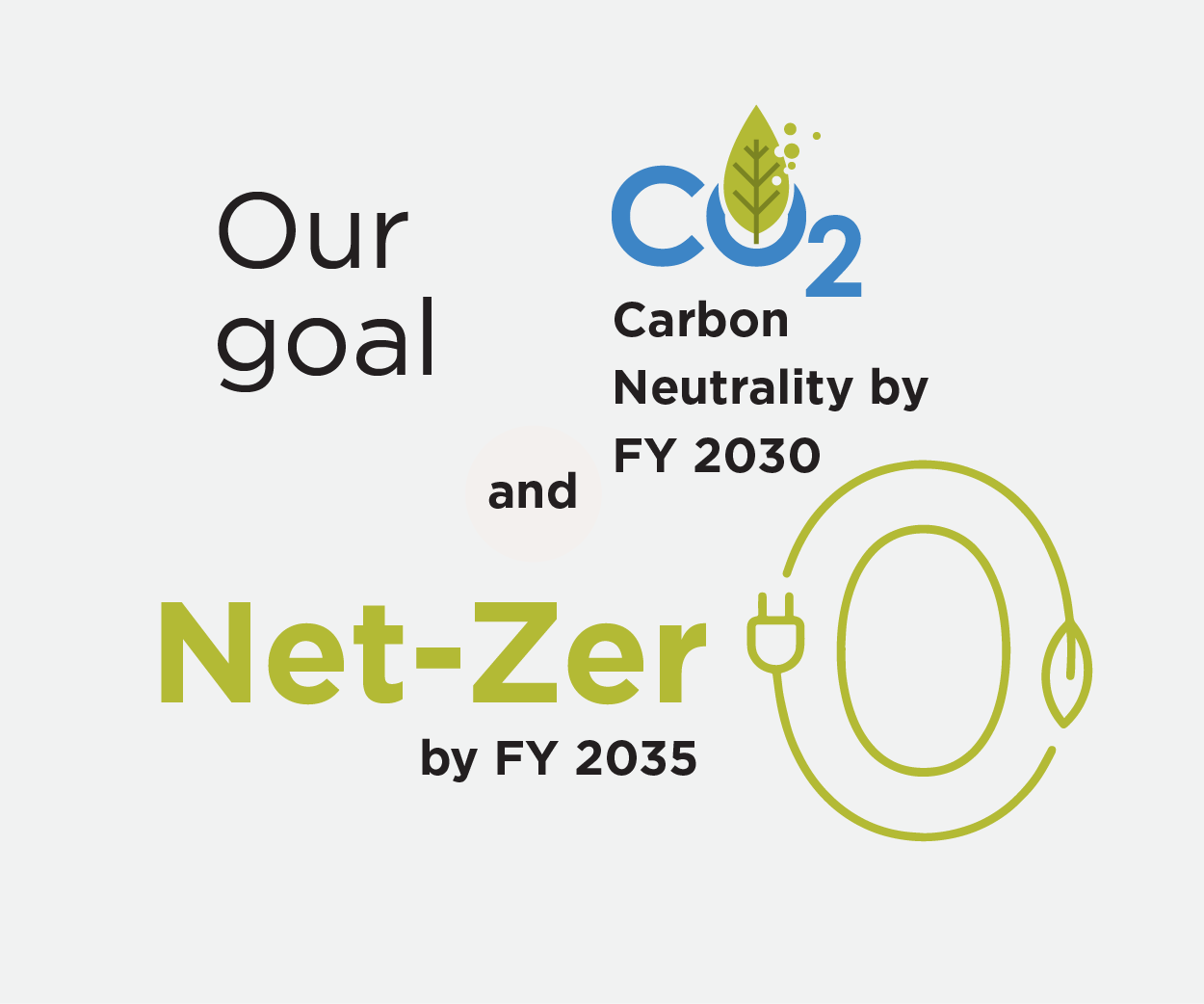
Water Management
Water stewardship at Tata Communications
At Tata Communications, we understand the importance of water management and have conducted periodic risk assessments to help us improve our internal processes and identify inefficiencies in our water use and distribution systems. While our operations are not water intensive, we acknowledge that many of our facilities in India are located in water-scarce regions, which makes water management a material topic for our Indian operations. Our water management strategy focuses on reducing our water footprint by decreasing our dependence on fresh water and ensuring appropriate recycling and reuse of water.
Through our comprehensive Water Risk Assessment exercise, we identify consumption patterns, risks and opportunities within our facilities, and encourage them to set objectives and targets for water conservation and recycling improvement.
Reducing our water footprint
We are committed to reducing our water footprint through our 3R Strategy (Reduce, Reuse, Recycle) and the implementation of appropriate technology, such as automation and water meters, which help minimise water leakage and enabling effective monitoring. In the reporting year, we reduced our water consumption by 11% compared to FY 2019-20. Our facilities are equipped with wastewater treatment plants that facilitate recycling for various domestic applications.
We recycled 17% of total water in the reporting year and are exploring ways to increase our recycling capacity. In addition, we have conducted feasibility studies for rainwater harvesting fixtures at six facilities, leading to the successful implementation of rainwater harvesting projects in three of them.
11%
Reduction in water consumption compared to FY 2019-20
35,841 KL
Water recycled
We continue to implement 3R principle to achieve environmental sustainability.
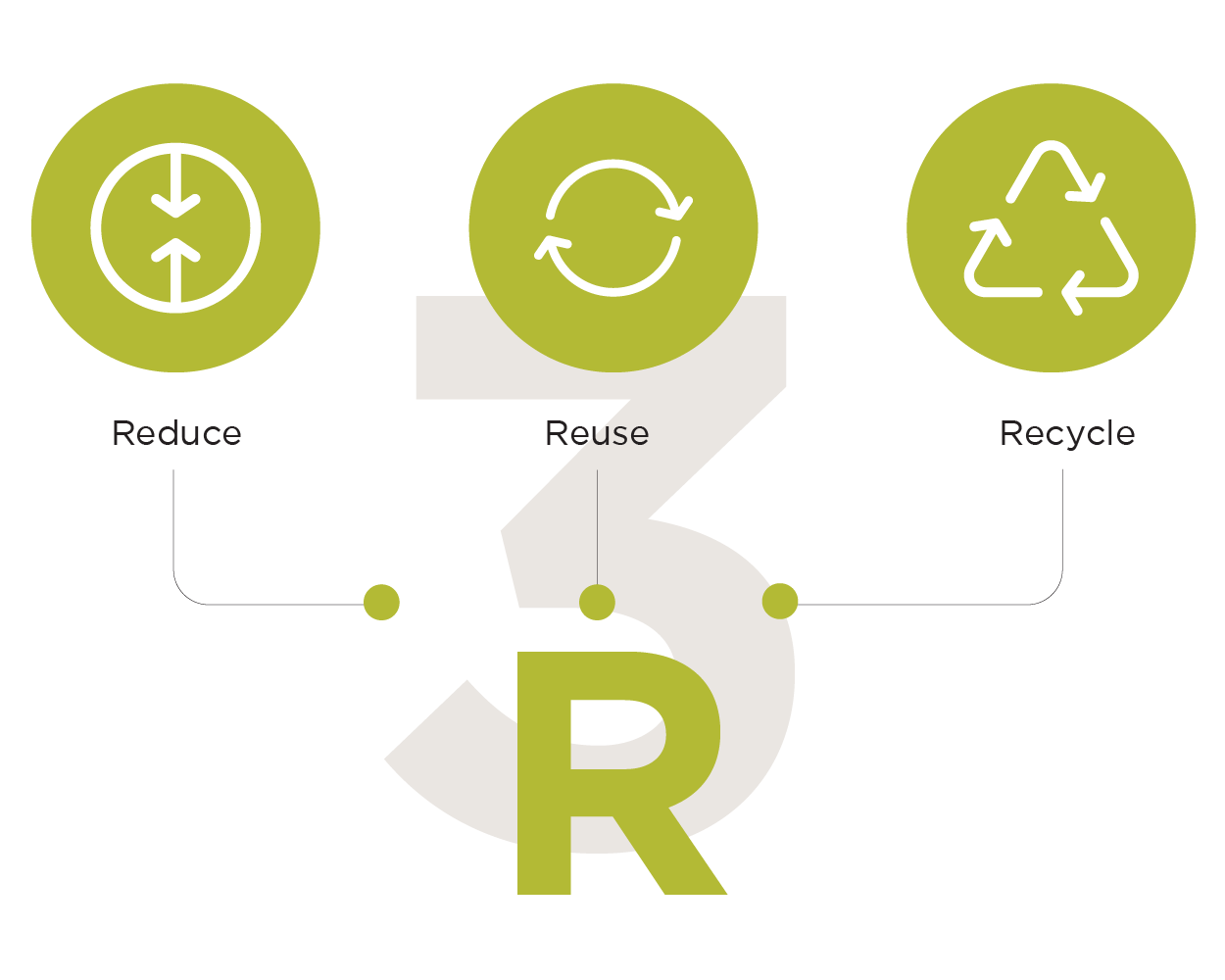

Waste Management
Effective waste management is a crucial component of our sustainability strategy. As a leading global B2B solutions provider, our business processes do not create substantial waste. We adhere to eco-friendly practices for end-of-life waste disposal or recycling through authorised vendors, which helps minimise environmental impact by preventing waste from entering landfills.
Our waste is divided into hazardous and non-hazardous categories. The majority of our non-hazardous waste consists of municipal solid waste, which is sorted into categories such as paper, food, plant debris, plastic, metal and cartons. This waste is disposed of through authorised recyclers or municipal corporations.
Managing Waste Effectively
The Organic Waste Converters (‘OWCs’) of our facilities turn food waste from our cafeterias into manure. This year, we recycled 67% of our municipal solid waste through in-house OWCs and thirdparty recyclers. We have also implemented a Single Use Plastic Ban in our facilities, replacing single-use items with sustainable alternatives. We have substituted PET bottles in our meeting rooms with glass bottles and replaced plastic cups in our cafeterias with reusable ceramic or acrylic mugs. We also encourage our employees to reduce and replace Single Use Plastic applications in their daily routines.
Our facilities generate hazardous waste, including used oil, oil filters and oil-soaked cotton from diesel generator sets, used batteries from energy utilities and e-waste from electronic equipment. We ensure proper storage and secondary containment for the safe collection and handling of hazardous waste. Waste handlers at our facilities receive necessary awareness training to mitigate the risk of spills and contamination.
We dispose of hazardous waste through authorised recyclers and processors, such as Metal Scrap Trade Corporation Limited, ensuring compliance with waste management regulations in relevant regions or countries.
In 2022-23, we composted 67,532 kg of food and plant waste, generated 1,49,264 kg of municipal solid waste, recycled 67% of non-hazardous waste, and generated 2,18,363 kg of hazardous waste. As a service-oriented company, we generate minimal waste due to our intangible products and focus on managing waste generated from our infrastructure and support services.
Our long-term sustainability goal includes achieving
zero waste
to landfill by FY 2027
through in-house OWCs for food and plant waste and partnerships with authorised recyclers for other waste types.
67%
Non-hazardous waste recycled
67,532 kg
Food and plant waste composted
1,49,264 kg
Municipal solid waste generated
2,18,363 kg
Hazardous waste generated

